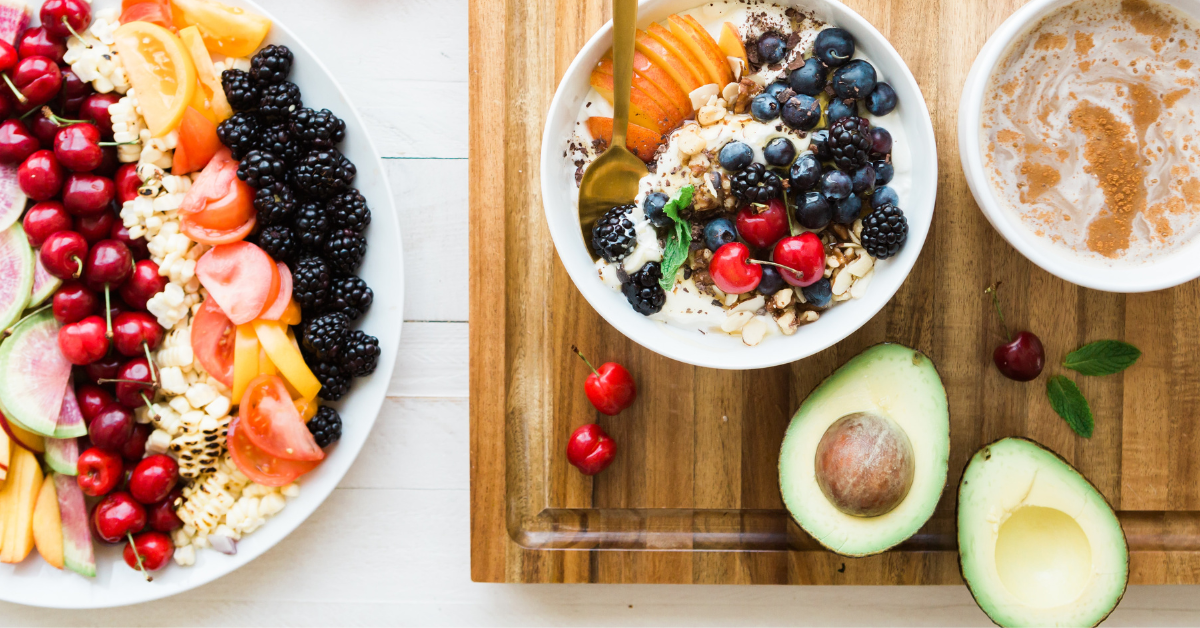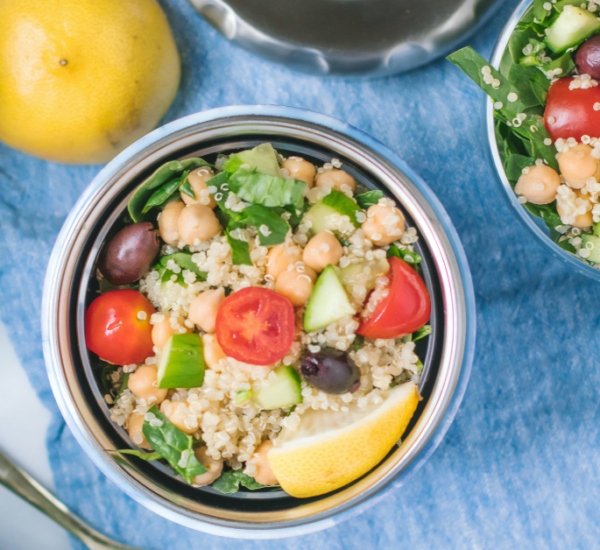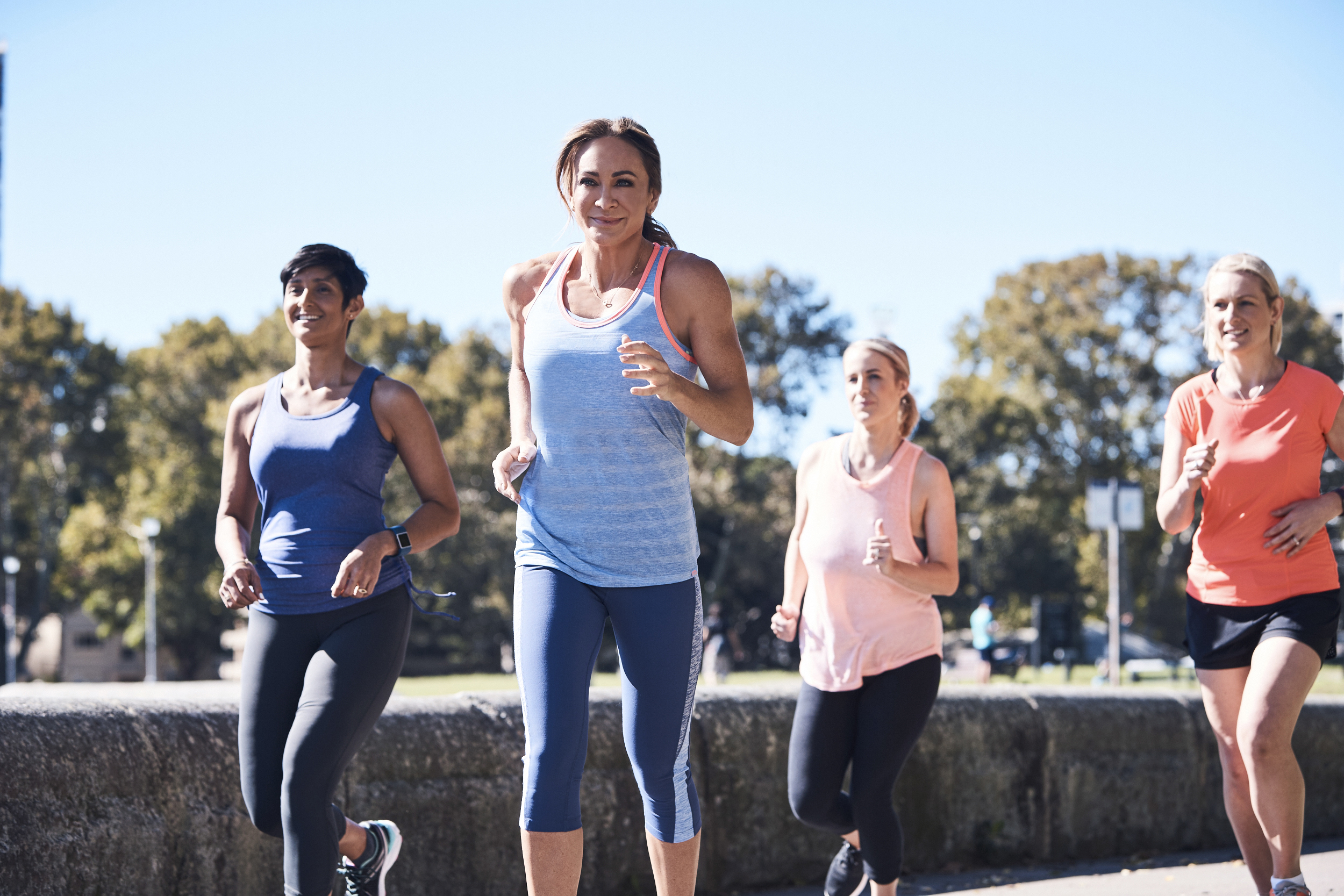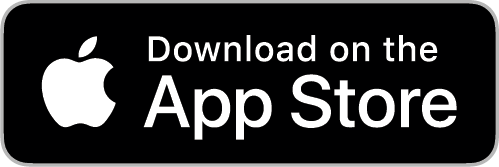Food labels can be tricky to navigate. So we’ve broken it down to help you make the best choices when shopping for pre-packaged items. Next time you head out for a grocery shop, you’ll be armed with nutrition table truths and the knowledge on how to avoid any food packaging traps!
INGREDIENTS LISTS
This is the most important part of a label. Ingredients are listed from greatest to smallest by weight. Use the list to check the first three ingredients for items high in saturated fat, sodium (salt) or added sugar… and if there are ingredients you cannot understand without a chemistry textbook, put it back! Look for an ingredient list that reads like it is ‘homemade’.
100g COLUMN
If comparing nutrients in similar food products, the per 100g column is a great place to start. It’s like comparing percentages with percentages. This column makes it easy to look for the highest in fibre and lowest in sugar.
FAT
As a general guide, try and choose foods with less than 10g per 100g of total fat. Milk products with less than 2g per 100g total fat are low in fat… except for cheese! For cheese, you want to aim for less than 15g per 100g total fat. When it comes to saturated fat, aim for less than 3g per 100g.
SUGAR
You want to avoid too much-added sugar, so always check if sugar is one of the first three ingredients. If the sugar content per 100g is more than 15g, check where the sugar may be coming from in the ingredient list. Is it straight table sugar or a more nourishing dried fruit? As a general rule, aim for less than 15g per 100g.
SALT
Choose lower-sodium options among similar foods. Food with less than 400mg per 100g are good, and less than 120mg per 100g are the best.
FIBRE
Choose breads, grains and cereals with at least 3g of fibre or more per serve. Your gut will thank you! Look for wholegrains in the ingredient list.
This great nutrition table graphic delves a little further into the back of the packet!
In this nutrition table, you’ll notice the kilojoules per serve is 432kJ, which when converted to calories is equal to 103cal per serve. Similarly, kilojoules per 100g is 1441kJ, which when converted to calories is equal to 343cal per serve.
hi
Take the guesswork out of your health and nutrition with our 12WBT meal plans. Nutritionally balanced, dietician-approved recipes that will see you from breakfast through to dinner. Learn more here.















